Starting a garden in southern Utah
seandrobs
16 years ago
Related Stories
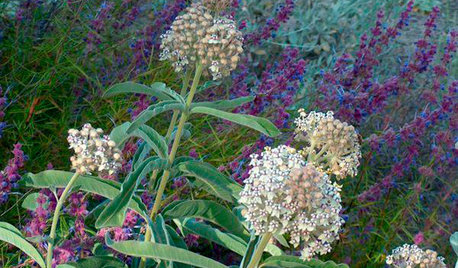
GARDENING GUIDES10 Top Native Plants for Southern California Gardens
Enjoy a fuss-free, water-wise garden by growing plants naturally in tune with the climate and wildlife of Southern California
Full Story
GARDENING AND LANDSCAPINGCitrus 101: Start Your Own Backyard Orchard
This Earth Day Weekend, Add Some Green, Style and Deliciousness to Your Landscape
Full Story
GARDENING GUIDES10 Tips to Start a Garden — Can-Do Ideas for Beginners
Green up your landscape even if you're short on time, money and knowledge, with these manageable steps for first-time gardeners
Full Story
GARDENING GUIDESHow to Stop Worrying and Start Loving Clay Soil
Clay has many more benefits than you might imagine
Full Story
INSPIRING GARDENSNative Plants Bring 10 Southern California Front-Yard Gardens to Life
Rare plants, rain gardens and wildlife habitats are just a few of the features showcased on the 2016 Theodore Payne Native Plant Garden Tour
Full Story
HOUSEPLANTSHow to Grow Orchids Indoors
Orchids are the exotic aristocrats of the flower world and can make themselves comfortable in almost any home
Full Story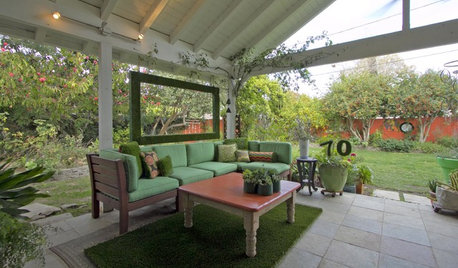
HOUZZ TOURSHouzz Tour: Firmly Planted Southern California Home
Clear garden views, turf-covered accessories and one very green outdoor room make this sunny home just right for a garden designer
Full Story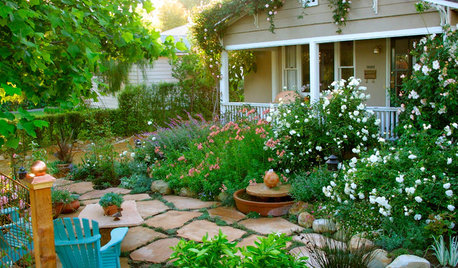
GARDENING GUIDESSouthern California Gardener's October Checklist
Get planting happy this month — so many natives, bulbs, cool-season flowers and vegetable crops to choose from, so little time ...
Full Story
GARDENING GUIDESSouthern California Gardener's September Checklist
Before prime planting time, clean out the old garden, prepare for the new, and dream up ideas for fall flowers and veggies
Full Story0

HOUZZ TOURSMy Houzz: Eclectic Repurposing Fits First-Time Homeowners in Utah
DIY projects using reclaimed materials add rustic style to an open-layout Salt Lake City home
Full Story





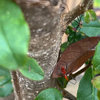
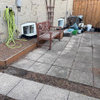
Kimmsr
lorna-organic
Related Professionals
Deer Park Landscape Architects & Landscape Designers · Concord Landscape Contractors · Bristol Landscape Contractors · Burien Landscape Contractors · Eustis Landscape Contractors · Fair Oaks Landscape Contractors · Fort Atkinson Landscape Contractors · Las Vegas Landscape Contractors · Morrisville Landscape Contractors · Pahrump Landscape Contractors · Woodbury Landscape Contractors · North Aurora Landscape Contractors · Troy Decks, Patios & Outdoor Enclosures · Westfield Decks, Patios & Outdoor Enclosures · Rolling Meadows Stone, Pavers & Concretenancy_ayon_yahoo_com
borderbarb